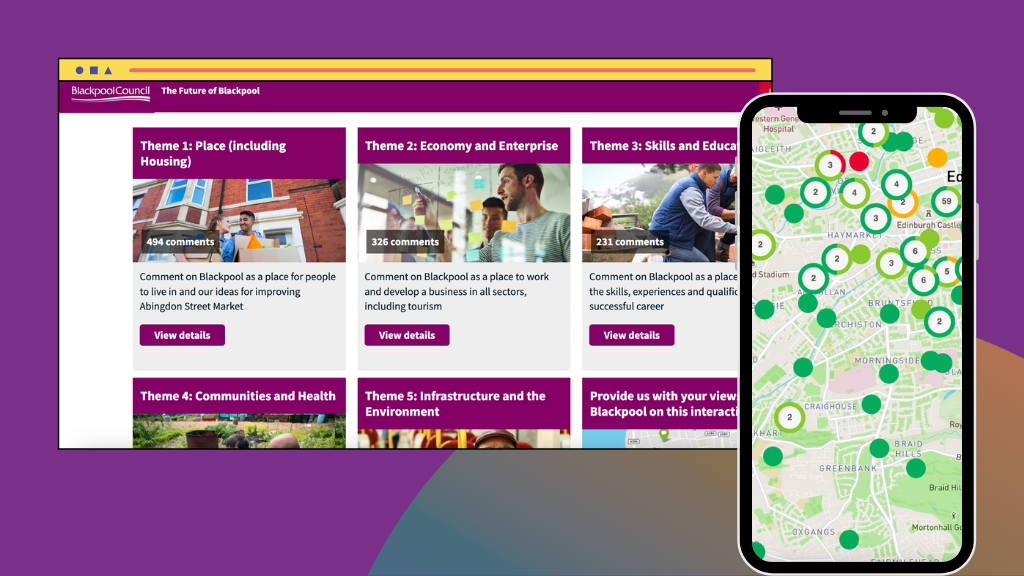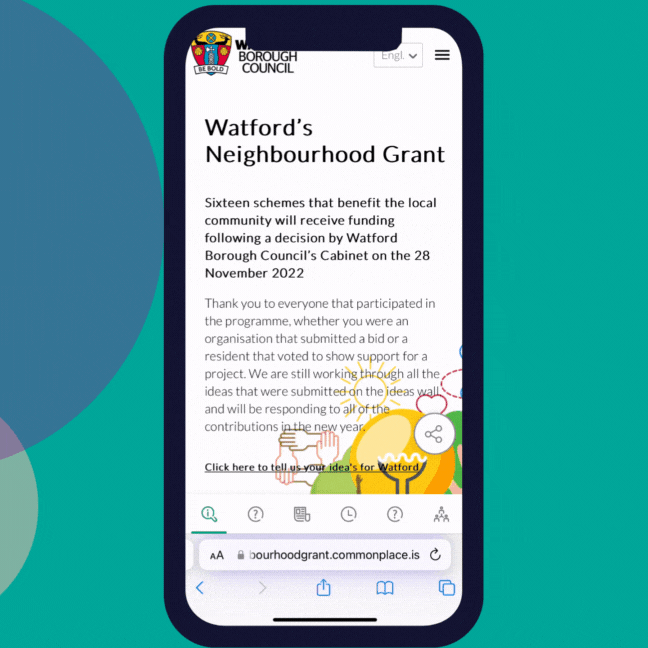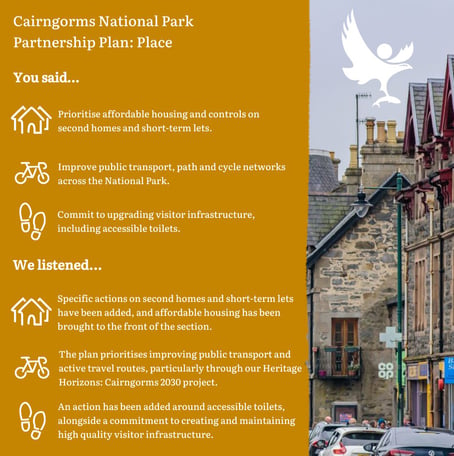Top 10 challenges in community engagement

By Charlotte Cooper | 21/08/24 10:45
5 min read
What is the most challenging part of community engagement? That’s the million-dollar question. When setting out to find out what the community really wants, there are a number of barriers that can crop up and impede your work.
We’re here with the ten most common community engagement challenges and, more importantly, how you can beat them!
So strap in as we tell you how to avoid common community engagement pitfalls.
We can show you how to avoid these with a free consultation!

1. A lack of trust
One of the most common challenges when it comes to community engagement is one of the most simple. Many people simply do not trust that their voices will actually be heard. In our research, we found that 52% of people thought that planning decisions happened ‘in secret to avoid a public backlash,’ and only 27% believed that the local community had any influence.
How do you build trust? You need to prove that people’s options are worth something and manage their expectations. Show that their words have the power to change their surroundings. Trust can only be earned, never forced- and one way to do that is to have an engagement process that starts early and continues long after the project is underway. A digital hub for your project is a great place to start. Following the next nine steps is a great way to follow…
2. Little awareness
.png?width=801&height=500&name=Email%20Campaign%20Mangement%20-%20Build%20a%20network%20of%20subscribed%20community%20members%20(2).png)
How often have you been aware of community projects going on around you? How did you find out? A flyer? A meeting? An email?
In our latest community involvement survey, 48% of respondents admitted they were completely unaware of any local planning discussions. This is not due to a lack of interest. 71% of individuals expressed that receiving frequent updates on planning matters was significant to them.
So, how do you create awareness? To overcome this obstacle, it ultimately returns to the importance of communication in your engagement strategies. Continous communication. Our research shows that four times more people take part in Local Plan engagements when they are part of an ongoing consultation. Not just a one-off event.
3. A lack of time
Another hard truth for many is that many people simply do not have the time (or often energy) to get involved with community engagement.
The solution here? Make your engagement as easy to access as possible. This means people need different options for how to share their views. An easy-to-use online hub is a great place to start, letting people leave their views from the comfort of their own phone or computer 24/7. Simple surveys can take as little as a minute to fill out and interactive Heatmaps allow visitors to drop a pin and leave feedback on a very specific email.
However, digital-first doesn’t have to mean digital only…
4. Digital Exclusion
.png?width=1000&height=707&name=Watford%20offline%20%20(1).png)
Not all individuals are comfortable or capable of engaging online. This is where a hybrid strategy for community involvement becomes useful. Digital resources can be used to help alongside traditional planning techniques, not to entirely replace them. For instance, you could conduct a survey online while also providing physical copies. Commonplace offers a simple method to incorporate any data you gather into your digital surveys, ensuring all your responses are consolidated in one handy place.
5. Civic Exclusion
People can be excluded in other ways than digitally. Many are also civically excluded as well. There are large groups in our communities who do not engage with Commonplace (or other engagement channels) yet are most definitely not digitally excluded.
Take a look at your current engagement and see which demographics are missing. Are you getting a full representative picture of your community? Are young people being represented? Are different cultures?
We have a full guide on identifying civically excluded people in community engagement. Check it out here.
People often aren’t ‘hard to reach.’ You just need to meet them where they are.
6. Communication Barriers

Genuine community engagement requires everyone to understand each other. For respondents, attempting to understand anything other than their mother tongue can be challenging. Having your engagement available in the other dominant languages in your area will not only encourage more participation but also show that you really want to opinions of everyone in your area.
We're not just talking about translate your introduction either, but platform emails, news, and contributions as well! (And we can help with that.)
7. Resistance to change
Another challenge to community engagement is simply that people can be resistant to change: especially if you’ve had little or no direct communication with the community already.
People, by nature, tend to be comfortable with the familiar and are wary of the unknown. This resistance can manifest as scepticism, fear, or a simple reluctance to let go of established routines. It can manifest as “don’t fix it if it isn’t broken” or “the changes made won’t reflect what we really want.” To overcome this challenge, it’s (once again) important to cultivate an environment conducive to meaningful community engagement.
Transparent communication proves to be the cornerstone. Sharing the 'why' behind the change, its benefits, and addressing concerns openly helps dissipate doubts. This can be done with regular news updates, emails or going to meet the community where they are, for example community hubs, shopping centres or pop-up events to clearly explain.
It’s also important to give the community ownership of changes that happen. Showing that you are implementing their ideas and listening to concerns is key here.
8. Historic low engagement
A significant challenge to community engagement projects is the current low level of involvement in local planning. Only 27% of those we'd surveyed had taken part in a planning decision. Twice as many had actively opposed a development compared to those who’d actually attended a public meeting.
So, what’s the solution? Encouraging more engagement ties in all the previous points and then some. If the community trusts you, has access to your plan, is aware of what you want and knows what it means to participate, they are far more likely to get involved.
9. Nurturing long-term engagement
Your engagement should not end once the project starts (or even when the project ends!). To keep people invested in future projects, it is crucial that you create a plan that fosters long-term engagement. All our evidence shows that longer involvement also leads to more constructive engagement. Currently, 66% of responses on Commonplace are supportive or neutral to the plans being consulted.
The solution? Show show show. Continue to update people on how projects are progressing, even after it may have wrapped up. With Commonplace, you can even send updates about new projects being launched directly to the inbox of existing subscribers.
Any community engagement plan should be viewed as a conversation, not a survey. A process, not an event.
10. Demonstrating impact (closing the loop)
Finally, the community will want to see exactly how their words have influenced change.
The process of "closing the loop" involves showcasing how community contributions directly translate into positive outcomes. Providing clear and accessible data, anecdotes, and success stories serves as a testament to the power of collaboration. Regularly sharing progress updates, whether in the form of improved facilities, enhanced services, or measurable changes, reinforces the connection between participation and positive change. This approach not only bolsters community members' confidence in their actions but also fuels a sense of pride and ownership. By effectively demonstrating impact, communities can bridge the gap between intention and result, solidifying the understanding that each contribution, no matter how small, plays an integral role in shaping a better collective future.

For example, for the Cairngorms National Park project, the team organised a mailing to showcase all the main views gathered by the consultation and how they helped shape the final Park Plan. This showed the community how they had helped shape the future plan and how they would be kept informed in future. Feedback from the previous plan showed that many people felt as if they were only being asked to contribute every five years and that they couldn’t see how they had had any impact.
Need some help with your community engagement strategy? Our experts are on hand to hep you with everything from setting up your online hub, to offline strategies to managing stakeholder engagement.
Just click below to start!
.png)


